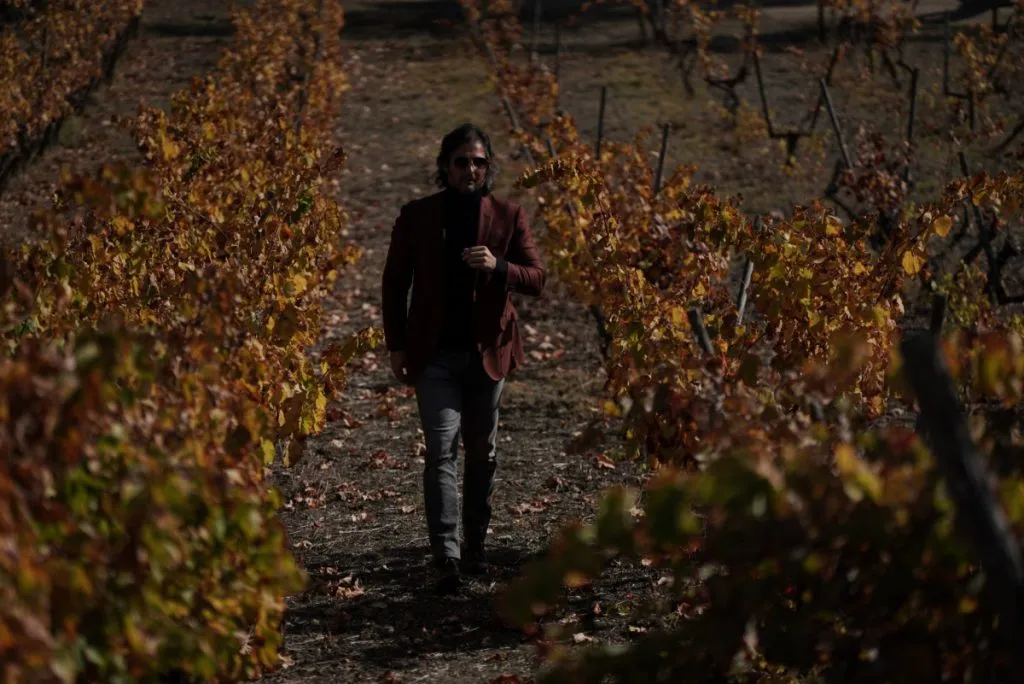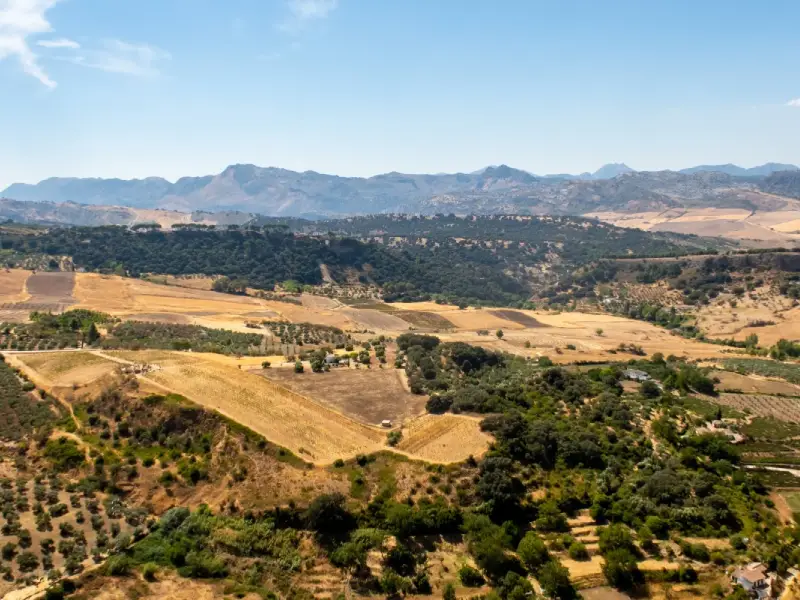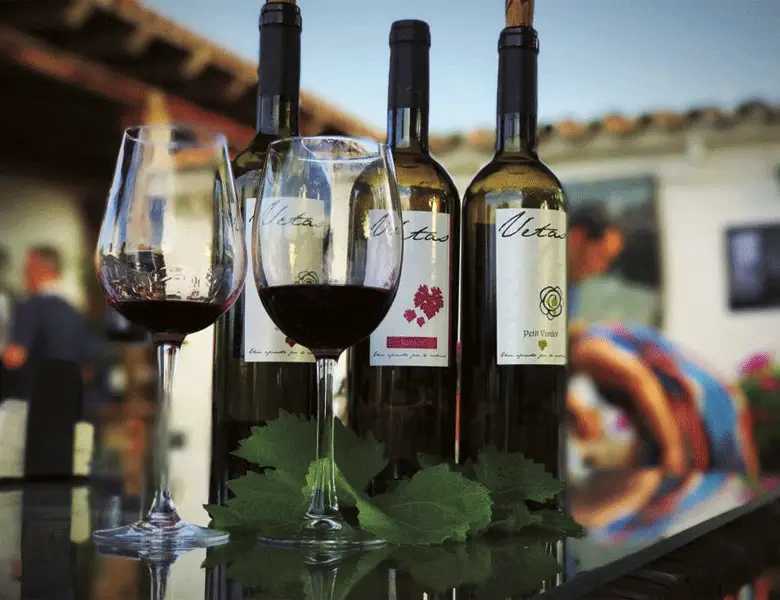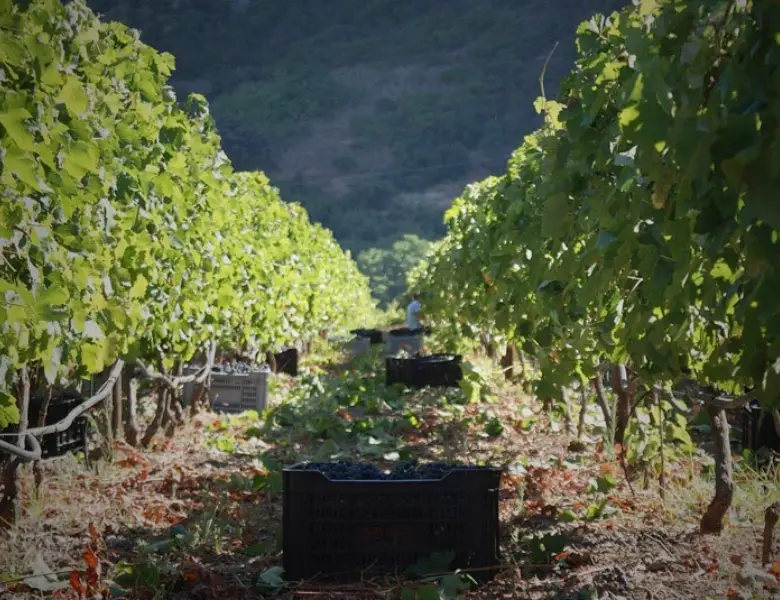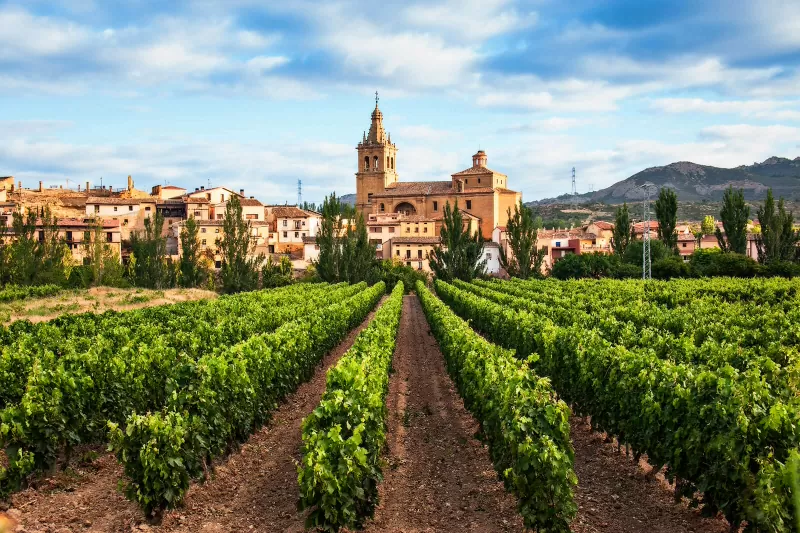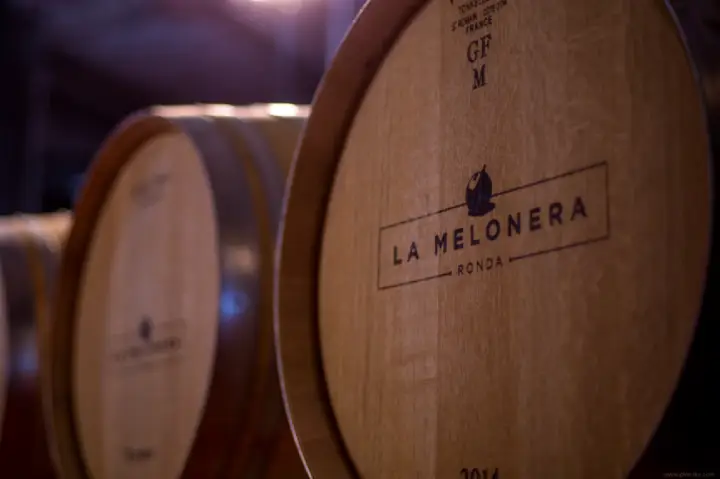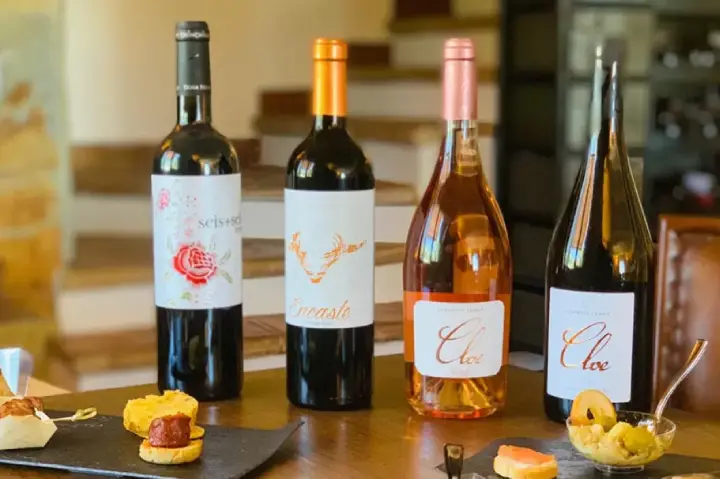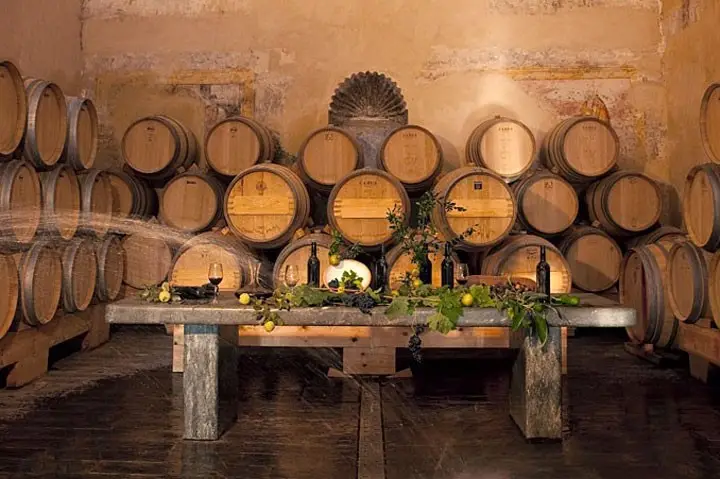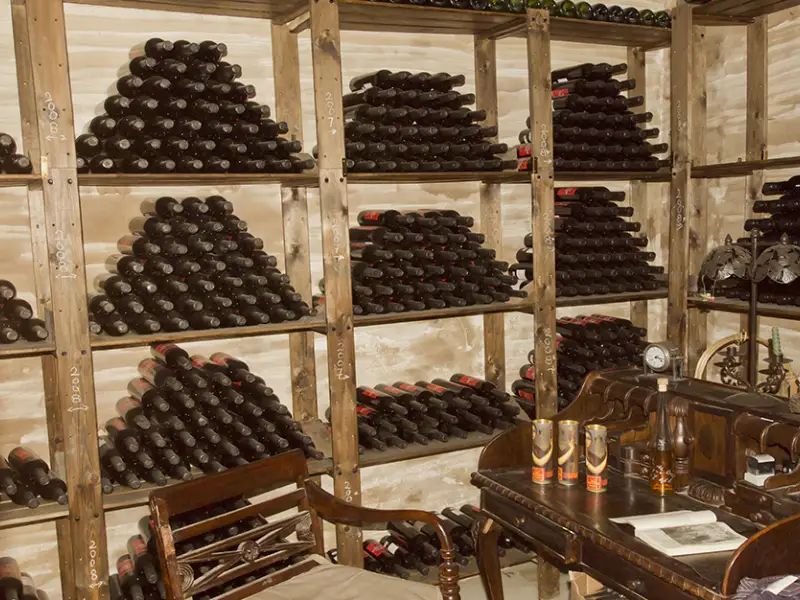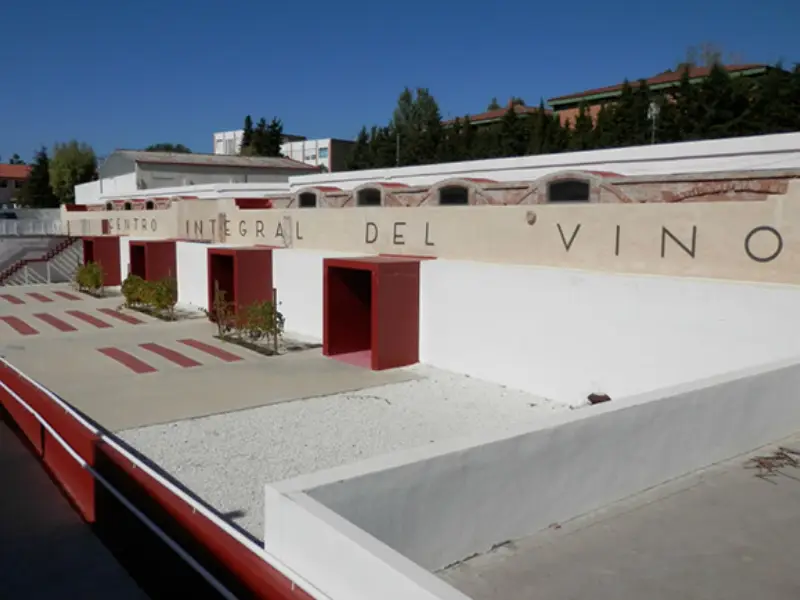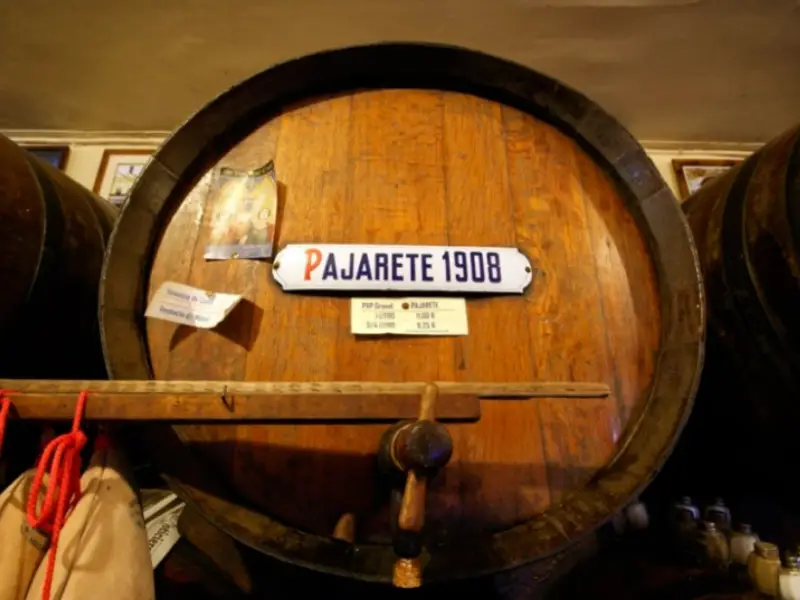Are you a wine connoisseur, enthusiast or occasional sipper?
Whatever your predilections when it comes to wine, you’ve probably sampled a glass (or two!) of Spanish vino at some time in your life…
Did you know that Spain produces 8% of the world’s wine, has 138 wine regions and vineyards spanning almost a million hectares?
Let’s home in on Andalucía in Southern Spain, which boasts over 40,000 hectares of vineyards. Although not as well known for its wine production as regions like Rioja or Ribera del Duero, Andalusian wines – especially Jerez (sherry) – have a long history and unique production methods resulting in a diverse range of styles and flavours that reflect the region’s grape varietals and cultural and winemaking traditions.
Much of the wine in Andalucía is produced in four areas classified as “Denominación de Origen“, known as Designation of Origin in English (D.O.) and Appellation d’origine contrôllée in French (AOC). These D.O. classifications designate a geographical area and strict regulations in terms of quality and authenticity.
Andalucía has four D.O.s (with another two sub-designations): Jerez, Montilla-Moriles (Córdoba), Málaga (including Sierras de Málaga and Pasas de Málaga) and Condado de Huelva, as well as 16 geographical indications (Vinos de la Tierra) which reflect its rich wine heritage and diverse terrains.
D.O. Jerez produces what is undoubtedly one of the most famous Spanish wines in the world. The area encompasses three towns: Jerez de la Frontera, Sanlúcar de Barrameda and El Puerto de Santa María, collectively known as the “Sherry Triangle”. Jerez is primarily made from Palomino, Pedro Ximenez and Moscatel grapes and types include Fino, Manzanilla, Amontillado, Oloroso, Palo Cortado, Cream and Pedro Ximenez.
D.O. Montilla-Moriles covers the southern part of Córdoba near Granada and typically produces sweet and fortified dessert wines made mostly from Pedro Ximenez grapes, although sometimes Moscatel is also grown here. Types include Fino, Amontillado, Oloroso and Pedro Ximenez.
D.O. Málaga is known for its sweet wines primarily made from Moscatel and Pedro Ximenez grapes, with Moscatel de Málaga and Pedro Ximenez (PX) de Málaga being the most common types.
D.O. Condado de Huelva produces a variety of sweet and dry white wines from the Zalema grape, including Condado de Huelva Jóven, Pálido and Viejo. The area is also known for its superior vinegar – Vinagre de Condado de Huelva.
In this post, we’ll focus on the Málaga and Sierras de Málaga areas.
There are five different winemaking regions within the D.O. Málaga and D.O. Sierras de Málaga with 3,800 hectares of vineyards: Axarquía, Montes, Norte, Costa Occidental-Manilva and the Serranía de Ronda. These regions are incredibly diverse in climate, soil and terrain, and subsequently produce very different wines.

